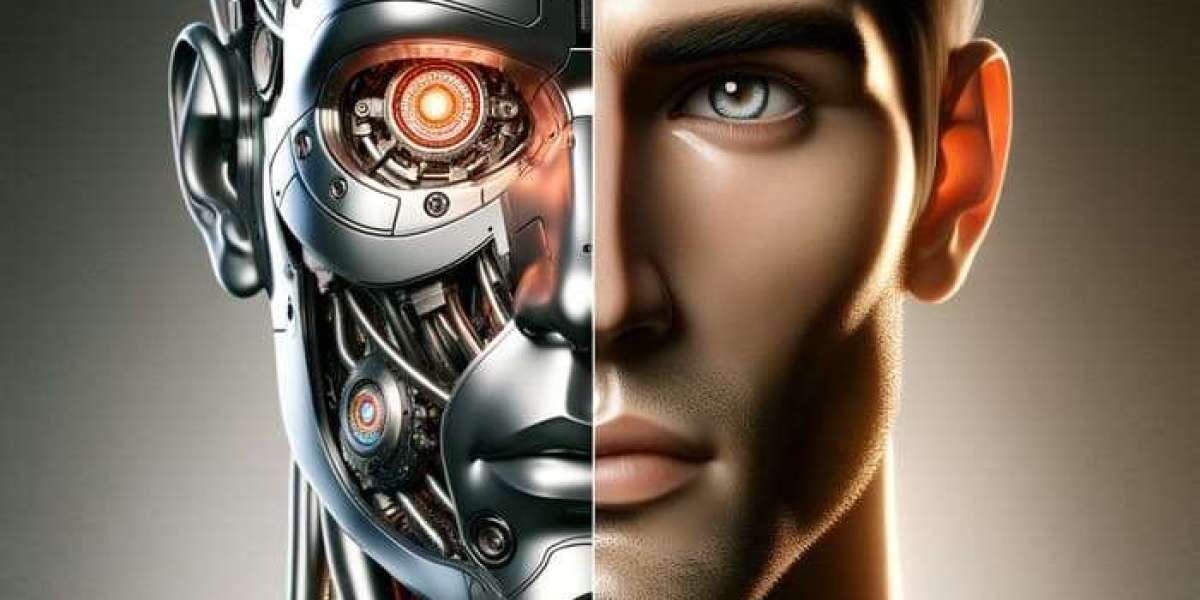Introduction
The idea of human immortality has long been confined to myths and science fiction, but according to renowned futurist Ray Kurzweil, we may be closer to achieving it than ever before. Kurzweil, known for his remarkably accurate technological predictions, claims that advancements in artificial intelligence, nanotechnology, and brain-computer interfaces could allow humans to attain biological immortality as early as 2030. But is this truly possible, or is it just another ambitious forecast?
Nanobots: The Key to Cellular Repair
One of the cornerstones of Kurzweil’s vision is the development of nanobots—microscopic machines capable of repairing damage at a cellular level. These tiny robots, injected into the bloodstream, could theoretically reverse aging, repair tissues, and eliminate diseases before they take hold. In fact, research into medical nanotechnology is already advancing, with scientists exploring how nanoparticles can deliver drugs directly to cancer cells while leaving healthy cells untouched. If such technology continues to evolve, the possibility of self-repairing human bodies may not be too far-fetched.
Merging the Brain with the Cloud
Another key component of Kurzweil’s prediction involves connecting human brains to the cloud. He envisions a future where artificial intelligence enhances human intelligence by seamlessly linking neural networks to vast digital databases. Already, brain-computer interfaces (BCIs) have made significant progress, with devices enabling paralyzed patients to communicate and primates to control computers using their thoughts. If such technologies continue to develop, they could pave the way for memory backups, cognitive enhancements, and even mind-uploading—a potential first step toward digital immortality.
The Singularity: A Future Without Death?
Kurzweil’s predictions tie into his long-held belief in the technological singularity—a point where artificial intelligence surpasses human intelligence, leading to exponential advancements in science, medicine, and technology. He estimates that by 2045, AI will reach a level where it can fully integrate with human consciousness, making death a thing of the past. While this might sound like pure science fiction, AI-driven medical innovations and neural enhancements are already becoming a reality.
Challenges and Ethical Dilemmas
Despite the optimism, the road to immortality is riddled with challenges. The complexity of the human brain, the unpredictability of AI, and the ethical concerns surrounding digital consciousness all pose significant hurdles. If humans can upload their minds, would they still be "human," or would they become digital entities? Additionally, who would have access to such technologies—would immortality be reserved for the wealthy elite?
Conclusion: A Future Worth Waiting For?
Kurzweil’s vision of immortality by 2030 is bold, but with the rapid advancement of AI, biotechnology, and nanomedicine, the concept is no longer as far-fetched as it once seemed. While we may not achieve full immortality within the next decade, breakthroughs in medical technology could dramatically extend human lifespan. The question remains: Are we ready for a world where death is no longer inevitable?








